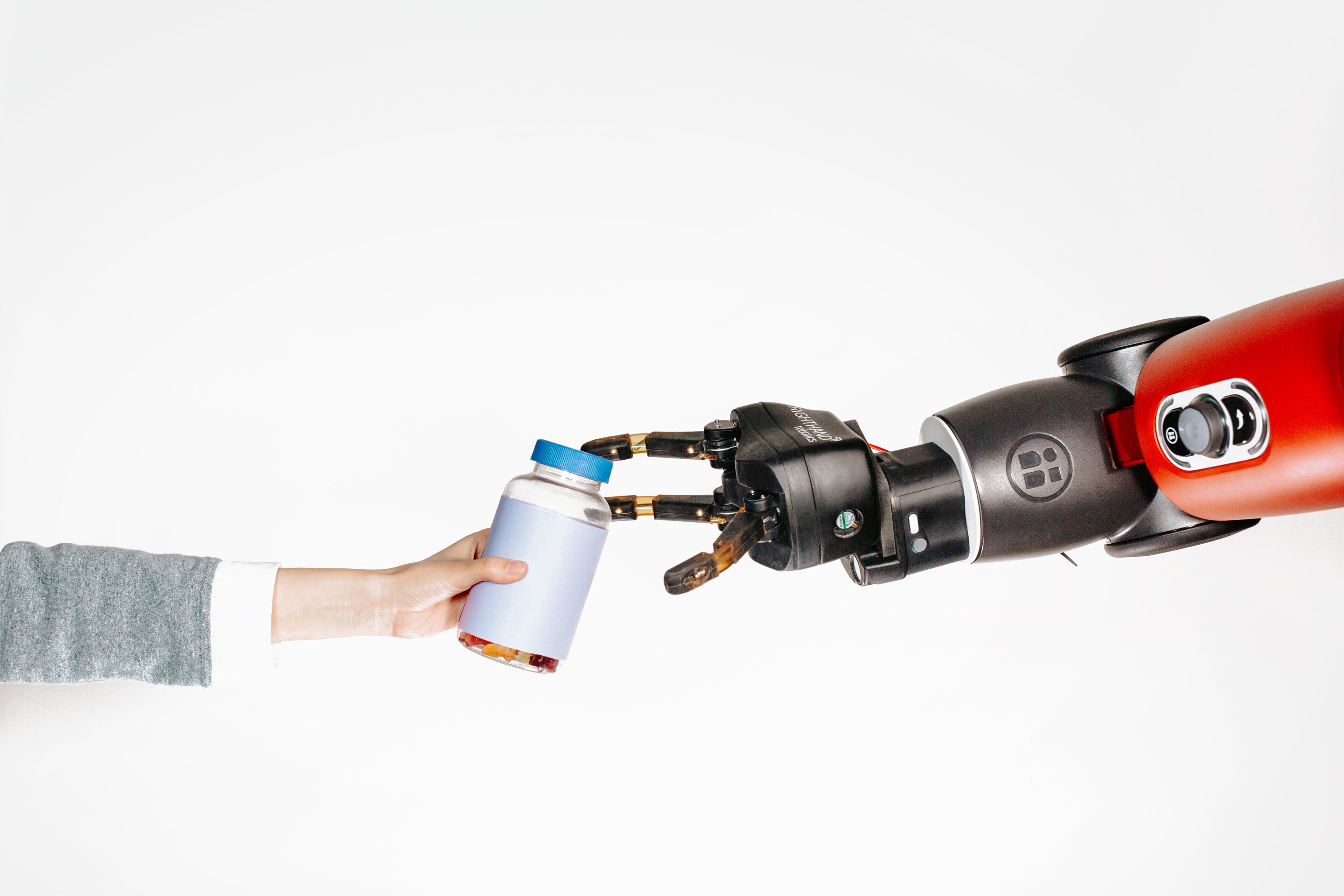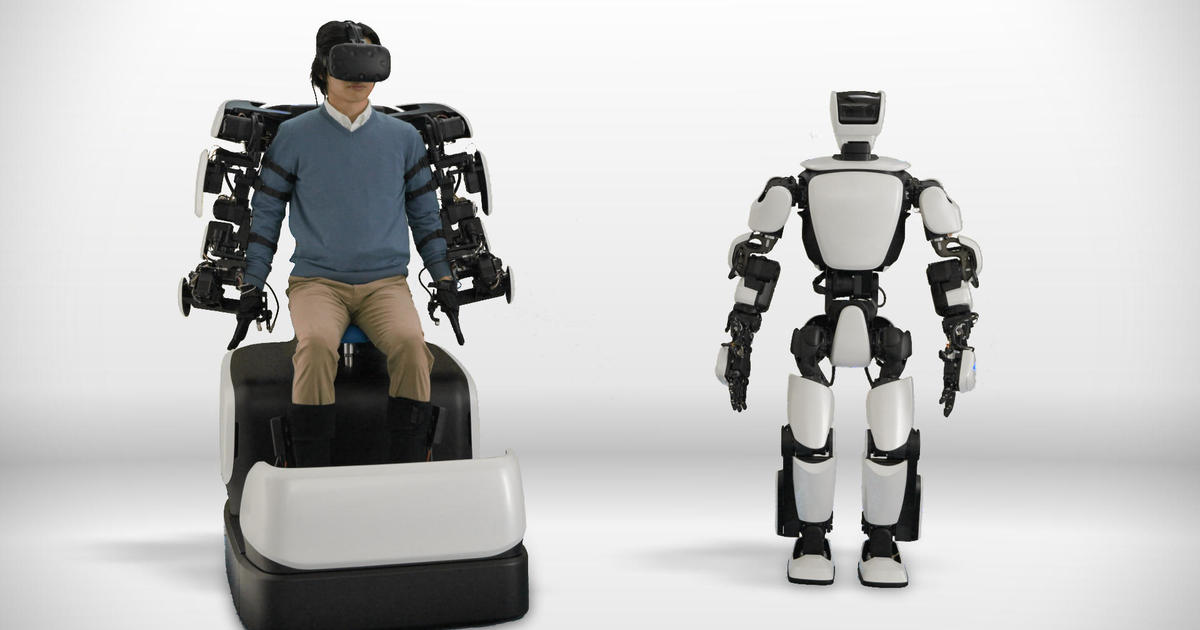
A team of researchers from the University of California Los Angeles and the California Institute of Technology has found via experimentation that humans tend to trust robots more when they communicate what they are doing. In their paper published in the journal Science Advances, the group describes programming a robot to report what it was doing in different ways and then showed it in action to volunteers.
In this new effort, the researchers noted that most work being done with robots is focused on getting a task done—little is being done to promote harmony between robots and humans. To find out if having a robot simply explain what it is doing might reduce anxiety in humans, the researchers taught a robot to unscrew a medicine cap—and to explain what it was doing as it carried out its task in three different ways.
While you're here, how about this:
One in 20 Chinese workers could be replaced by robots in the next five years, according to survey
An autonomous untethered fast soft robotic insect driven by low-voltage dielectric elastomer

Insects are a constant source of inspiration for roboticists. Their compliant bodies allow them to squeeze through small openings and be highly resilient to impacts. However, making subgram autonomous soft robots untethered and capable of responding intelligently to the environment is a long-standing challenge. One obstacle is the low power density of soft actuators, leading to small robots unable to carry their sense and control electronics and a power supply.
Decreasing the operating voltage of DEA is a key step to enable high-performance untethered soft robots. Below 500 V, there exists a vast selection of low-mass, miniature, commodity surface-mount components, enabling complex kilohertz voltage sources weighing only tens or hundreds of milligrams, as shown, for instance, for piezoelectric flapping-wing robotic insects ( 32 – 34 ).
Robotic Exoskeletons, Like This One, Are Getting More Practical

When you imagine an exoskeleton, chances are it might look a bit like the Guardian XO from Sarcos Robotics. The XO is literally a robot you wear (or maybe, it wears you). The suit's powered limbs sense your movements and match their position to yours with little latency to give you effortless superstrength and endurance—lifting 200 pounds will feel like 10.
* * *
Of course, there isn't anything terribly novel about an exoskeleton. We've seen plenty of concepts and demonstrations in the last decade. These include light exoskeletons tailored to industrial settings—some of which are being tested out by the likes of Honda —and healthcare exoskeletons that support the elderly or folks with disabilities.
Other things to check out:
In Robots We Trust? UCLA Study Shows Way Forward | UCLA Samueli School Of Engineering
A new study by UCLA computer scientists, statisticians and psychologists shows potential for robots powered by artificial intelligence to earn the trust of humans.
Published in Science Robotics , the study shows a robot not only knows how to open pill bottles with safety locks after a few rounds of human demonstration, it can also explain its behaviors in multiple ways in real time. The study was supported by the Defense Advanced Research Projects Agency, also known as DARPA.
Meet YuMi: A Robot Nurse Built to Make the Rounds | Discover Magazine

ABB's robotic lab technician, YuMi, and Nurse Ratched have more in common than might appear at first blush. They're both cold; they're both heartless; and they both really want to help you take your meds.
And there's some urgency to their work. Baby Boomers are aging, and an unprecedented number of Americans are poised to enter the healthcare system over the next 10 years. Simultaneously, the industry is facing a deep shortage of nurses, doctors and other medical staff — particularly in home healthcare.
ABI Research: Robotics industry set for change - Modern Materials Handling
The robotics market is set to transform over the next 10 years, based on the most comprehensive robotics tracker yet released by global tech market advisory firm, ABI Research. There will be enormous growth across all subsectors, highlighted in a total market valuation of US$277 billion by 2030. That growth will not be distributed evenly, however. By 2022, the burgeoning mobile robotics space will start to overtake the traditional industrial robotics market.
Toyota robot: Toyota unveils enhanced version of humanoid robot - CBS News

Tokyo — Toyota Motor Corp. has unveiled an upgraded version of its human-shaped T-HR3 robot. The robot, which is controlled remotely by a person wearing a headset and wiring on his or her arms and hands, now has faster and smoother finger movements because the controlling device is lighter and easier to use.
Such a robot could one day be used to perform surgery in a distant place where a doctor cannot travel. It also might allow people to feel like they're participating in events they can't actually attend.

No comments:
Post a Comment